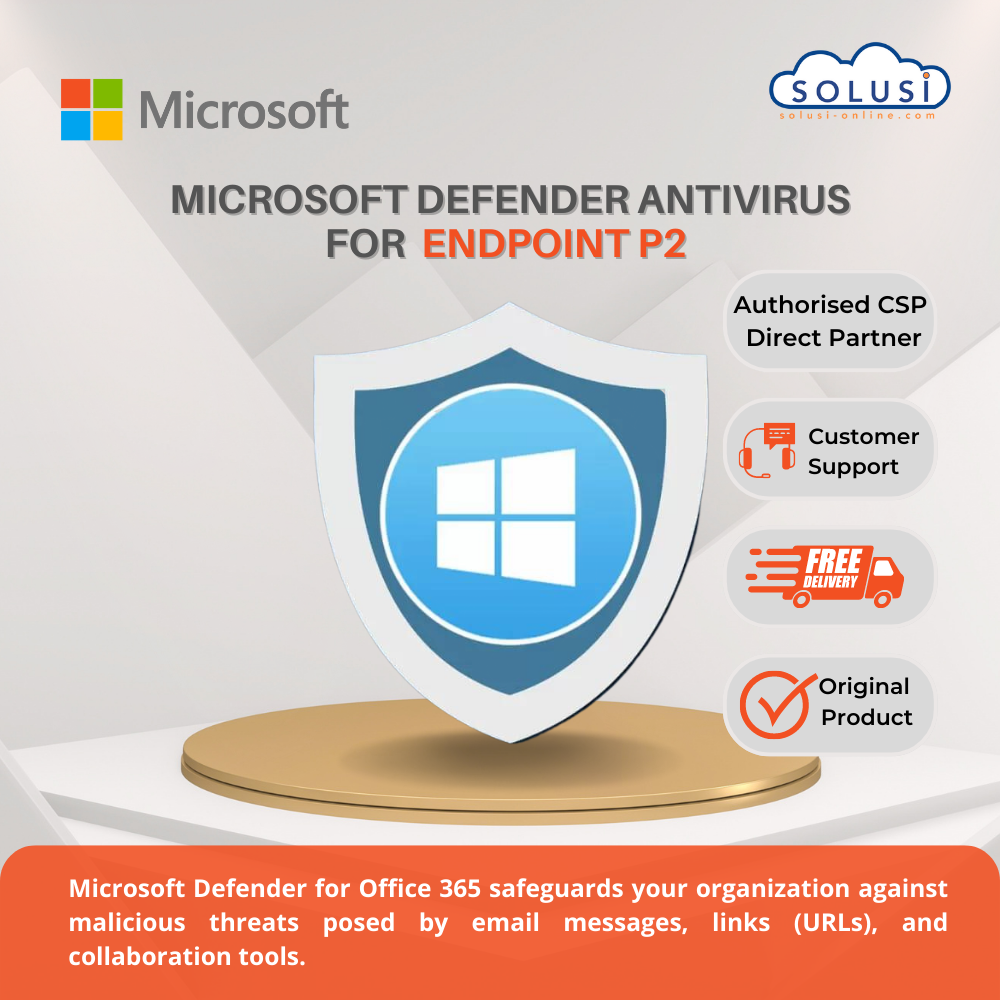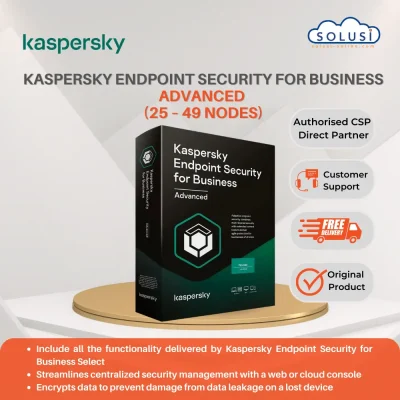Microsoft Defender for Endpoint is an enterprise endpoint security platform designed to help organizations like yours to prevent, detect, investigate, and respond to advanced threats. Defender for Endpoint is now available in two plans:
Defender for Endpoint Plan 2 capabilities
Defender for Endpoint uses the following combination of technology built into Windows 10 and Microsoft’s robust cloud service:
- Endpoint behavioral sensors: Embedded in Windows 10, these sensors collect and process behavioral signals from the operating system and send this sensor data to your private, isolated, cloud instance of Microsoft Defender for Endpoint.
- Cloud security analytics: Leveraging big-data, device learning, and unique Microsoft optics across the Windows ecosystem, enterprise cloud products (such as Office 365), and online assets, behavioral signals are translated into insights, detections, and recommended responses to advanced threats.
- Threat intelligence: Generated by Microsoft hunters, security teams, and augmented by threat intelligence provided by partners, threat intelligence enables Defender for Endpoint to identify attacker tools, techniques, and procedures, and generate alerts when they are observed in collected sensor data.
Threat & Vulnerability Management
This built-in capability uses a game-changing risk-based approach to the discovery, prioritization, and remediation of endpoint vulnerabilities and misconfigurations.
Attack surface reduction
The attack surface reduction set of capabilities provides the first line of defense in the stack. By ensuring configuration settings are properly set and exploit mitigation techniques are applied, the capabilities resist attacks and exploitation. This set of capabilities also includes network protection and web protection, which regulate access to malicious IP addresses, domains, and URLs.
Next-generation protection
To further reinforce the security perimeter of your network, Microsoft Defender for Endpoint uses next-generation protection designed to catch all types of emerging threats.
Endpoint detection and response
Endpoint detection and response capabilities are put in place to detect, investigate, and respond to advanced threats that may have made it past the first two security pillars. Advanced hunting provides a query-based threat-hunting tool that lets you proactively find breaches and create custom detections.
Automated investigation and remediation
In conjunction with being able to quickly respond to advanced attacks, Microsoft Defender for Endpoint offers automatic investigation and remediation capabilities that help reduce the volume of alerts in minutes at scale.
Microsoft Secure Score for Devices
Defender for Endpoint includes Microsoft Secure Score for Devices to help you dynamically assess the security state of your enterprise network, identify unprotected systems, and take recommended actions to improve the overall security of your organization.
Microsoft Threat Experts
Microsoft Defender for Endpoint’s new managed threat hunting service provides proactive hunting, prioritization, and additional context and insights that further empower Security operation centers (SOCs) to identify and respond to threats quickly and accurately.
Centralized configuration and administration, APIs
Integrate Microsoft Defender for Endpoint into your existing workflows.
Integration with Microsoft solutions
Defender for Endpoint directly integrates with various Microsoft solutions, including:
- Microsoft Defender for Cloud
- Microsoft Sentinel
- Intune
- Microsoft Defender for Cloud Apps
- Microsoft Defender for Identity
- Microsoft Defender for Office
- Skype for Business
Microsoft 365 Defender
With Microsoft 365 Defender, Defender for Endpoint, and various Microsoft security solutions, form a unified pre- and post-breach enterprise defense suite that natively integrates across endpoint, identity, email, and applications to detect, prevent, investigate, and automatically respond to sophisticated attacks






